Accordingly, a 21-year-old patient (female) came to Hospital 108 for examination because she had no menstruation and had abnormal external genitalia. Since childhood, the patient was raised as a girl, and at puberty her breasts developed normally but she did not menstruate.
Test results showed that the patient had a 46,XY chromosome set, male genetic sex, and testosterone levels within the physiological limits of men. MRI confirmed that the two testicles were located in the inguinal canal, without a uterus or ovaries. The patient was diagnosed with 46,XY disorder of sex development, a rare genetic abnormality (0.01 - 0.02%) when the genotype, hormones, and physical appearance are not consistent.
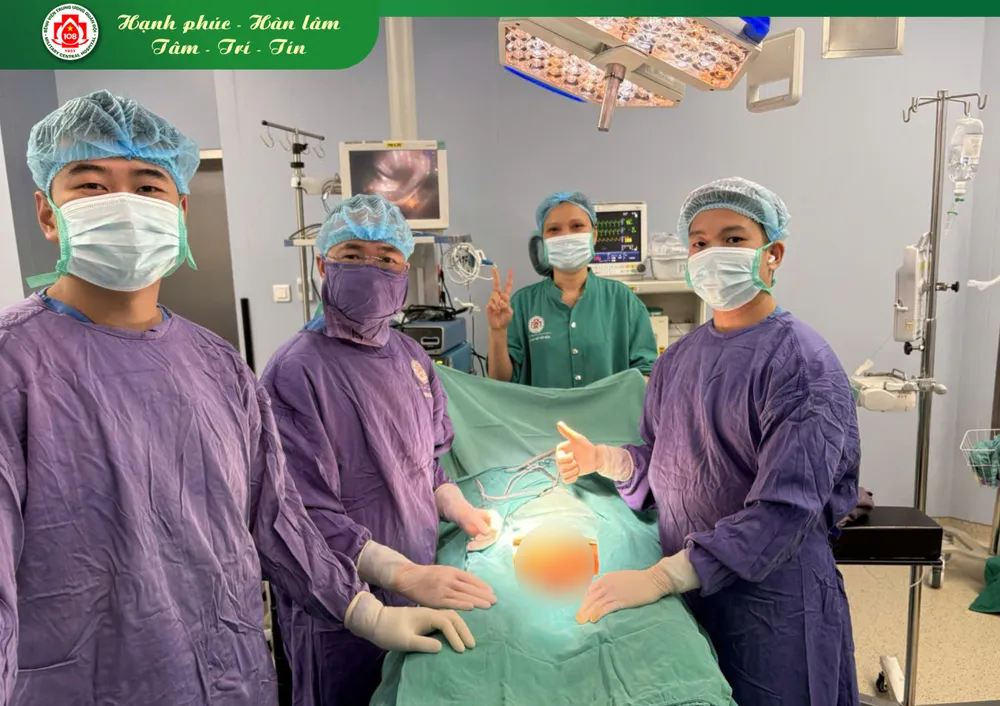
Before this case, Dr. Nguyen Van Phuc, Department of Andrology, Hospital 108, said that a person's gender is not only determined by physical appearance but is a combination of chromosomes, hormones and genitals. In normal people, the SRY gene on the Y chromosome acts as a "switch" to activate the testicular development process. When the testicles are formed, testosterone helps develop the male genitalia, while the AMH hormone inhibits the development of the uterus and fallopian tubes. When one of these stages is disrupted, the physical gender deviates from the genetic gender.
Therefore, the patient underwent bilateral orchiectomy and testicular biopsy to evaluate spermatogenesis. Pathological results showed fibrous hyperplasia of testicular tissue, atrophied seminiferous tubules, and no spermatogonia.
After surgery, the patient is counseled to determine his or her male gender, in accordance with his or her current genetic and hormonal makeup. Psychological support is provided in parallel to help the patient understand himself or herself, stabilize his or her mental state, and integrate into society. If there is a need to have children, in vitro fertilization with donor sperm is a viable option.
“Treatment of disorders of gender development is not only about correcting the physical appearance but also about biological, psychological and social adjustment, to ensure that the patient is fully supported both physically and mentally. The goal is not to change the gender, but to help the patient live according to their true biological gender, have a good quality of life and be accepted by society,” Dr. Nguyen Van Phuc stated.
Source: https://www.sggp.org.vn/can-thiep-thanh-cong-ca-roi-loan-gioi-tinh-hiem-gap-hinh-the-nu-nhung-mang-bo-gene-nam-post819495.html



![[Photo] Prime Minister Pham Minh Chinh chairs meeting on railway projects](https://vphoto.vietnam.vn/thumb/1200x675/vietnam/resource/IMAGE/2025/10/23/1761206277171_dsc-9703-jpg.webp)
![[Photo] President Luong Cuong holds talks with South African President Matamela Cyril Ramaphosa](https://vphoto.vietnam.vn/thumb/1200x675/vietnam/resource/IMAGE/2025/10/23/1761221878741_ndo_br_1-8416-jpg.webp)
![[Photo] Prime Minister Pham Minh Chinh meets with South African President Matamela Cyril Ramaphosa](https://vphoto.vietnam.vn/thumb/1200x675/vietnam/resource/IMAGE/2025/10/23/1761226081024_dsc-9845-jpg.webp)








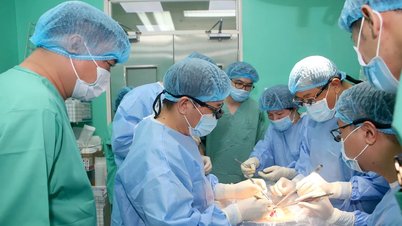
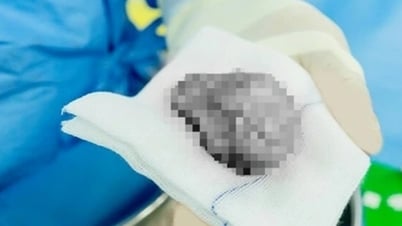




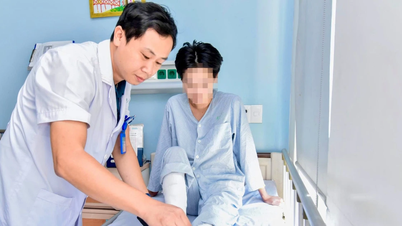


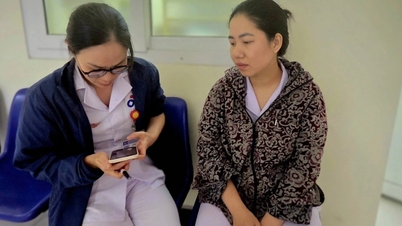


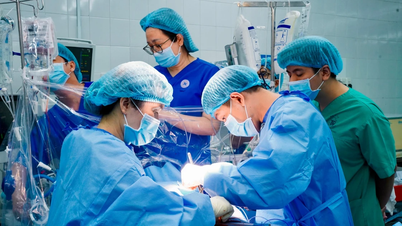









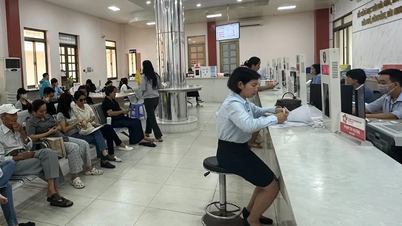




















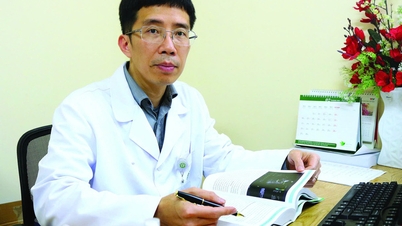



















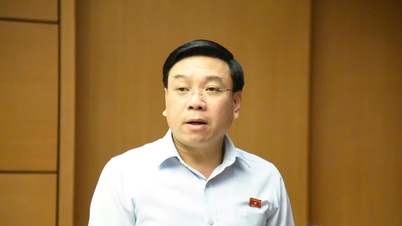





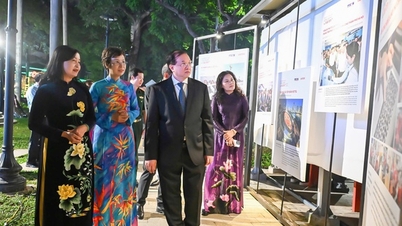





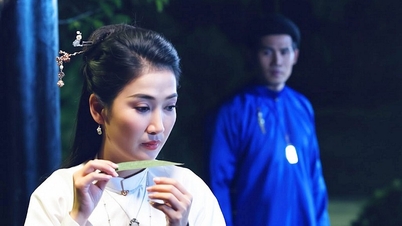



















Comment (0)